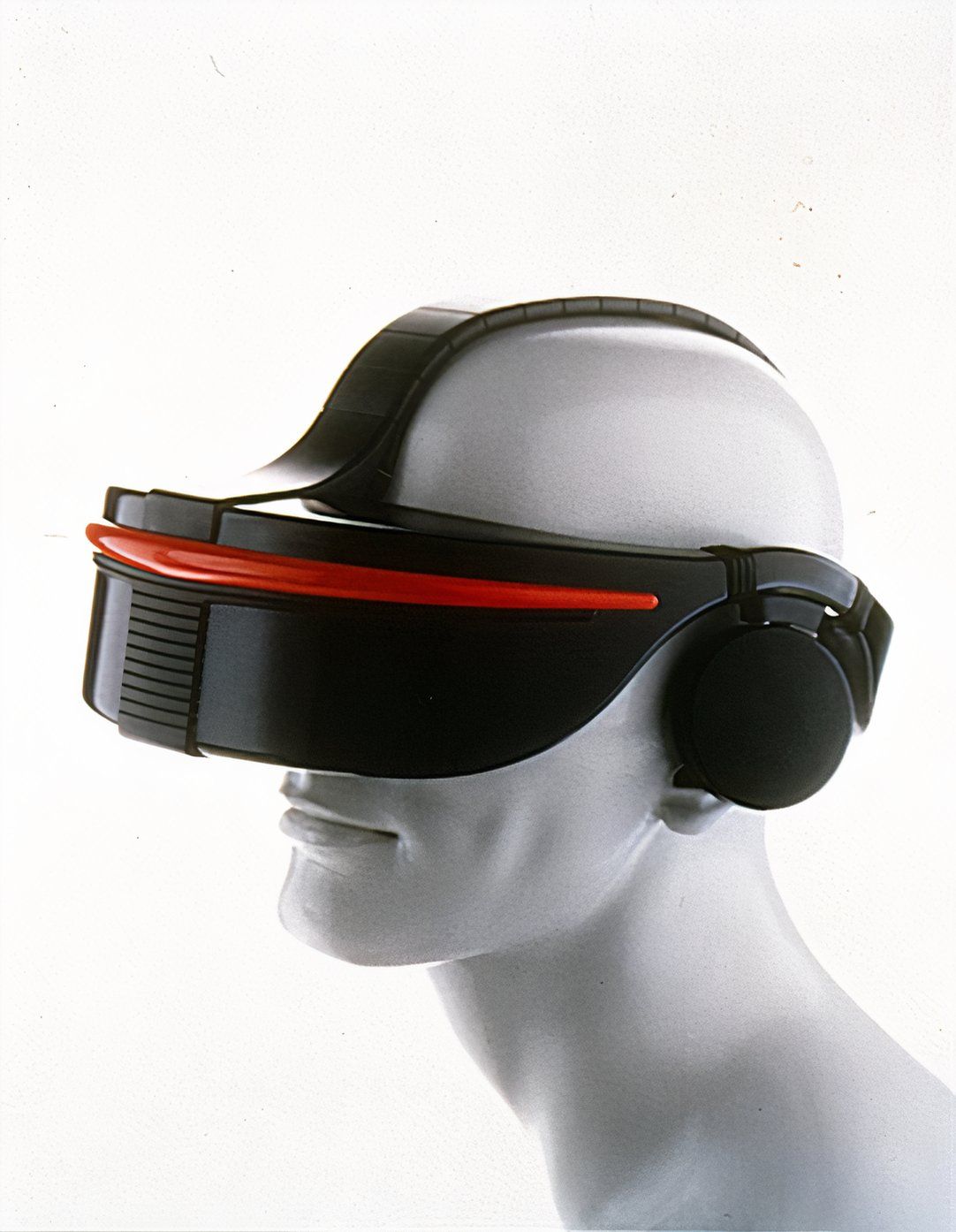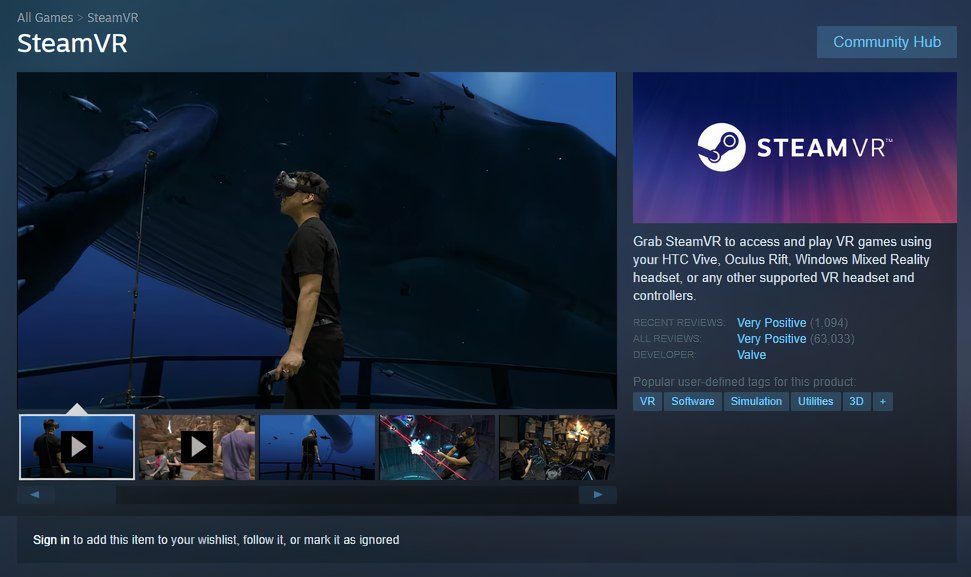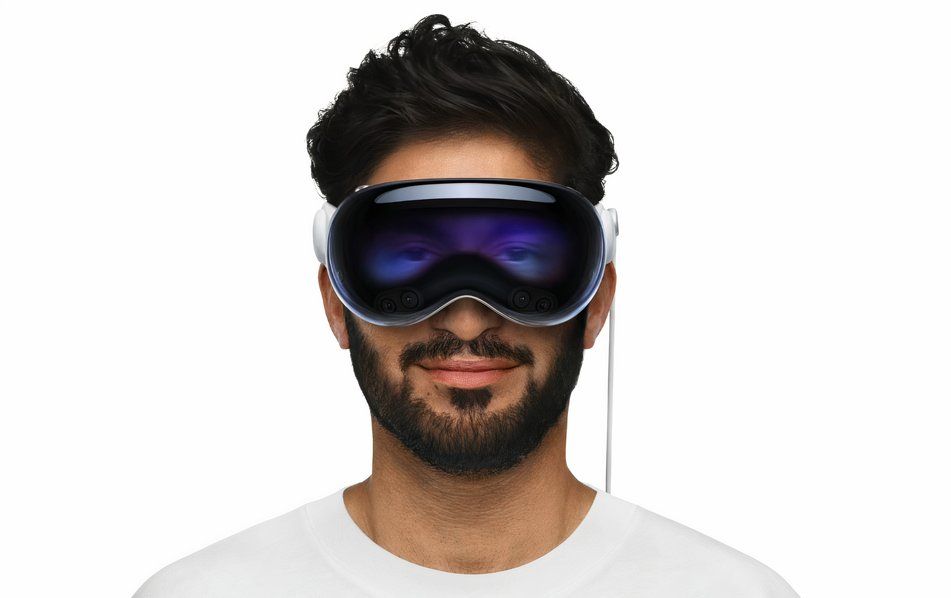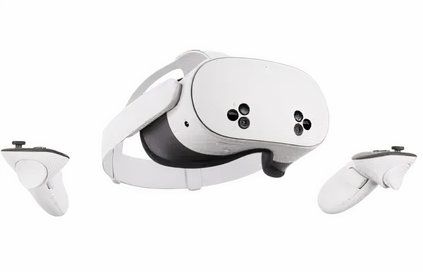Virtual reality has been close to mainstream adoption for decades, yet it remains a niche technology. While promising developments and incremental improvements continue, the game-changing app that will propel VR into every home remains elusive despite the efforts of tech giants like Meta, Google, and Apple.
History is littered with VR failures, from the early Nintendo Virtual Boy to the pricey Apple Vision Pro, but the promise of immersive digital worlds keeps companies investing billions. The stakes are high, as whoever unlocks mass-market VR will shape the future of the user experience across gaming, fitness, productivity, and beyond.

Related
The life and death of Google’s VR/AR projects
Google has been innovating in augmented reality and virtual reality for much longer than Apple
A roller coaster of hype and disappointment
VR’s journey has been a roller coaster of hype and disappointment. Early attempts, like the vaporware Sega VR headset and Nintendo’s ill-fated Virtual Boy, were hampered by technical limitations, high costs, and a lack of compelling content. What’s worse, early VR users complained of vertigo-like symptoms.
VR didn’t take off, even with the advent of more capable headsets like the Oculus Rift and HTC Vive. Google’s forays into the market with Cardboard, Glass, and Daydream fizzled out, while Apple’s Vision Pro stumbled with a hefty price tag and limited functionality. Meanwhile, Facebook keeps doubling down, and Samsung appears poised to re-enter the VR market. This makes us wonder who and what can succeed where capable tech companies fail.
The quest for VR’s game-changing app spans three decades
VR’s biggest challenge is the lack of a must-have experience that compels users to embrace the technology. While VR has shown promise in gaming, entertainment, and perhaps productivity, nothing has taken off after decades of trying.
My first VR experience was in the early 90s in San Francisco. I remember donning a heavy headset and exploring an 8-bit, 3D world. It was exciting and felt innovative, but the experience didn’t make me need VR in my daily life. As illustrated by the timeline below, VR’s “gotta have it” application has eluded many companies in a cycle that continues to this day.
VR reached numerous milestones but never thrived
The following timeline does not capture every event or product launch in VR’s history. Still, it paints a lengthy history of false starts in the seemingly forever-nascent category.
1991: Virtuality Group launches VR arcade machines. Sega announces the Sega VR headset, but it is never released.
1995: Nintendo releases the Virtual Boy, a commercial flop.
2010: Palmer Luckey creates the first prototype of the Oculus Rift.
2014: Facebook acquires Oculus for $2 billion. Sony announces Project Morpheus (later PlayStation VR). Google releases the $15 Google Cardboard.
2015: Samsung launches the Gear VR series for its Galaxy phones.
2016: The Oculus Rift and HTC Vive hit the market, marking the beginning of modern consumer VR. Google extends its VR line with the Daydream View, a sub-$100 headset that, like the Cardboard, leverages a smartphone as its brain and display. The new model incorporates fabric into the design to address comfort.
2017: Facebook launches the Oculus Go VR headset, a self-contained headset for less than $250.
2019: Google discontinues Cardboard after it fails to scale the VR market. Facebook launches the standalone Oculus Quest and updates the Oculus Rift.
2020: Google officially ends support for Daydream VR, hampered by soft demand and limited content. Facebook launches the freestanding Oculus Quest 2, which becomes a category leader at $300. Samsung ends support for its Gear VR devices and services.
2021: Facebook changes its name to Meta and promotes its metaverse to mixed reception.
2022: Meta unveils the Meta Quest Pro at $1,500. It’s still available for around $1,000.
2023: Apple jumps into VR/augmented reality with the $3,500 Vision Pro headset. Meta releases its Quest 3, focusing on gaming and productivity at a more affordable $500. According to multiple sources, Mark Zuckerberg claims it’s “better than the Vision Pro.”
2024: Reports surface of Apple scaling back or ending Vision Pro production due to disappointing sales. No surprise there, given its eye-popping price tag.
2025: Samsung, in partnership with Google and Qualcomm, is expected to launch a new mixed-reality headset.
After a relatively dormant period in the early 2000s, the 2010s brought a resurgence of interest in VR, fueled mainly by Palmer Luckey’s Oculus. Facebook’s acquisition of Oculus in 2014 and Mark Zuckerberg’s interest in VR amplified this excitement. This period saw the launch of high-end consumer VR headsets such as the Oculus Rift and HTC Vive. Google tried the budget angle with its $15 Cardboard, and Samsung offered its Gear VR. Since then, we’ve seen numerous fully standalone headsets at various price points. Despite initial buzz, these devices failed to gain widespread consumer acceptance.
Overcoming the VR content hurdle
Compelling VR content is crucial to scaling the category but has been in short supply. To address this, companies adopted multiple approaches. For example, centralized platforms like the Meta Quest Store and SteamVR were created as hubs for content discovery. To expand VR’s appeal to wider audiences, companies also championed the development of non-gaming experiences, spanning genres such as education, fitness, social interaction, and cinematic immersion. These efforts haven’t solved the chicken-and-egg dilemma of hardware adoption and content availability.
Google keeps trying to crack the VR code
Google’s attempts to conquer the VR market have been unsuccessful. Google Cardboard and Daydream View were discontinued due to low consumer adoption. On the augmented reality (AR) side, Google Glass was massively hyped and massively flopped. The company seems to have adapted its approach via its partnership with Samsung on an extended reality (an umbrella term for VR and AR) headset. The Google Play Store is rumored to be preparing to support apps for XR (extended reality) devices, indicating the growing anticipation for this technology.
Samsung takes another swing at VR
As numerous outlets have reported, Samsung is preparing to re-enter the VR market with a headset and potentially AR glasses. Samsung’s platform is being developed in collaboration with Google and Qualcomm. A Samsung patent suggests the platform could reveal hidden objects in the user’s field of view by overlaying digital information. Although initially expected in 2024, the launch has been delayed until 2025, and it might coincide with the Samsung Galaxy S25 debut.
Is Apple’s Vision Pro heading for an exit?
Apple launched the Vision Pro headset in 2023, positioning it as a spatial computer. Despite its advanced technology, including high-resolution displays and a powerful processor, the steep price of $3,500 put it out of reach for many consumers. Furthermore, the Vision Pro doesn’t support motion controllers, a key feature for many popular VR games and applications. The high cost and limited functionality proved to be significant hurdles in attracting a wider consumer base, leading to scaled-back production and what may become the device’s sunset in 2025.
Meta doubles down on VR–again
Meta has long been devoted to VR and released the Quest 3 headset in 2024. The Quest 3 distinguishes itself by integrating with Windows 11. This feature positions the Quest 3 as a potential productivity tool. It will be interesting to see if this angle finds a market. Meta is also betting big on the metaverse and social experiences.
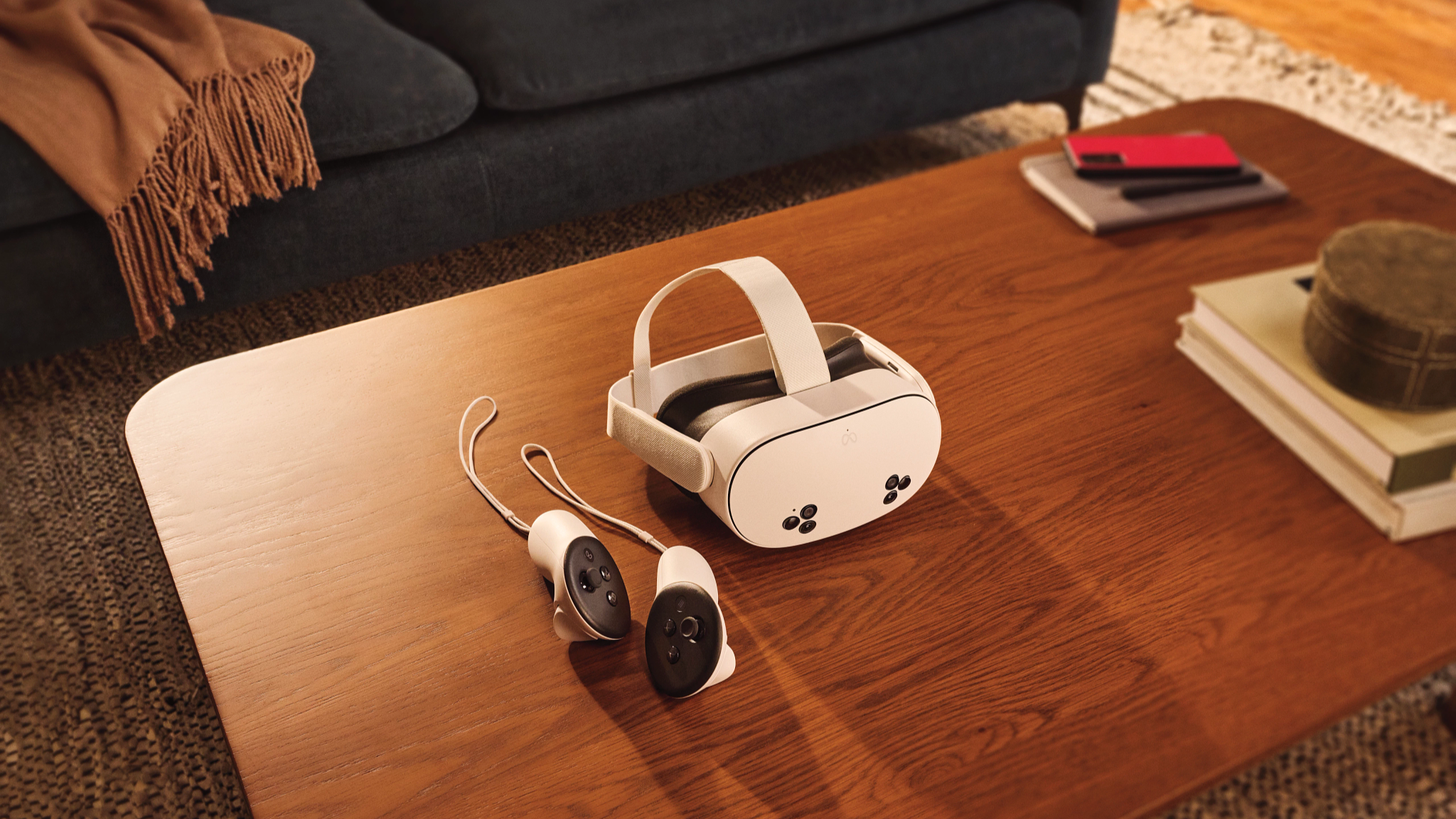
Related
I tried the Meta Quest 3S: These are my 6 favorite fitness and wellness apps
Meta Quest VR headsets can help you stay fit while having fun
VR hurdles remain
Even if a game-changing app materializes, VR must overcome a few other barriers. Issues like the screen door effect, latency, and high component costs have improved but continue to exist.
Let’s not forget about comfort. VR headsets can feel bulky and hot and may cause eye strain for some. While motion sickness is less of an issue than it used to be, it still affects some users. Until these concerns are addressed, widespread adoption might remain out of reach.
Hope for a brighter VR future
Despite these challenges, VR isn’t going away anytime soon. Companies like Meta, Google, and Samsung continue to invest heavily in VR and AR. Advancements in AI and hardware offer hope for a brighter future. However, until VR delivers compelling experiences that resonate with a wider audience, it seems destined to remain on the cusp of mainstream acceptance.
Perhaps the key to unlocking VR’s potential lies in finding that elusive game-changing app, or maybe it will be a convergence of factors: compelling content that goes beyond gaming, relatively inexpensive AI-powered hardware, and comfortable, lightweight designs. Whatever the solution, one thing is clear: VR’s journey to mainstream adoption continues.




